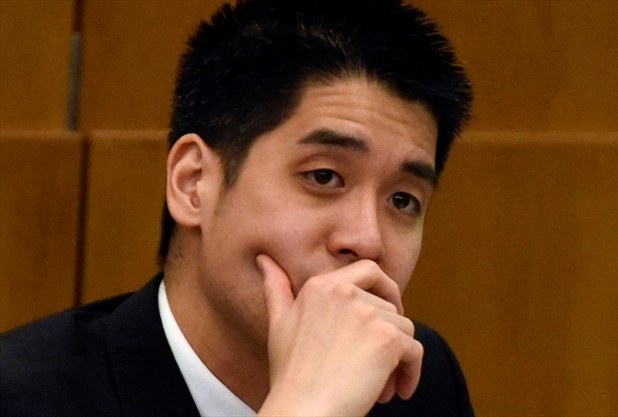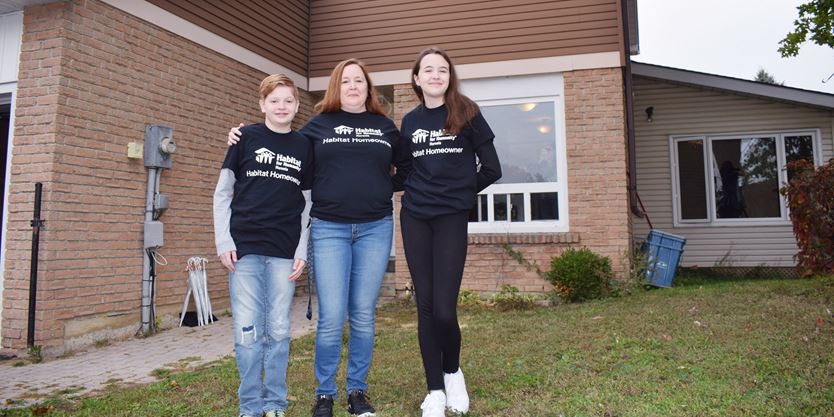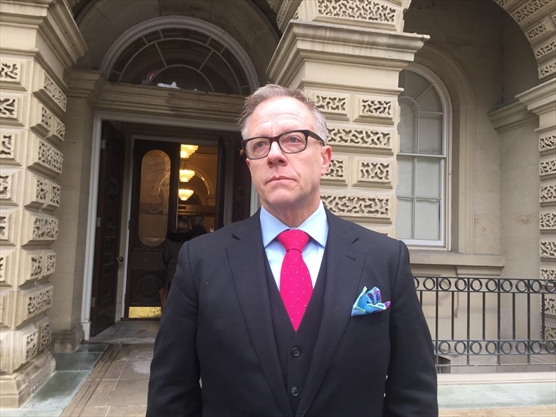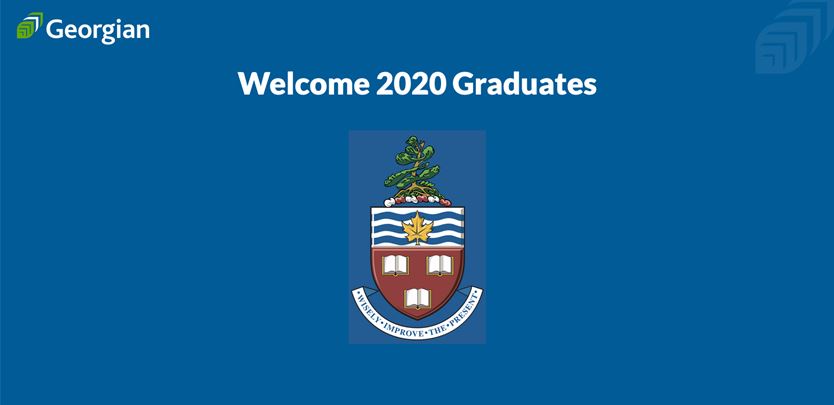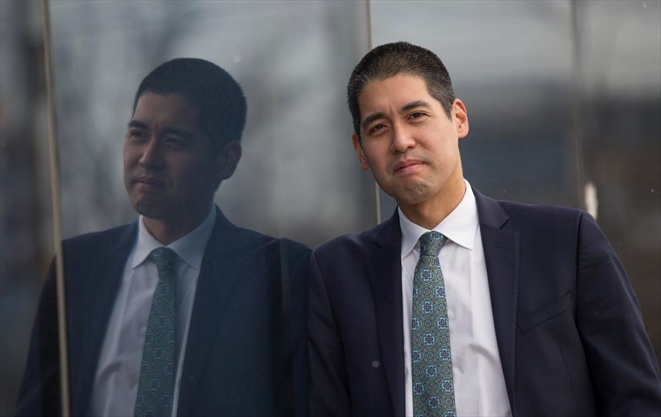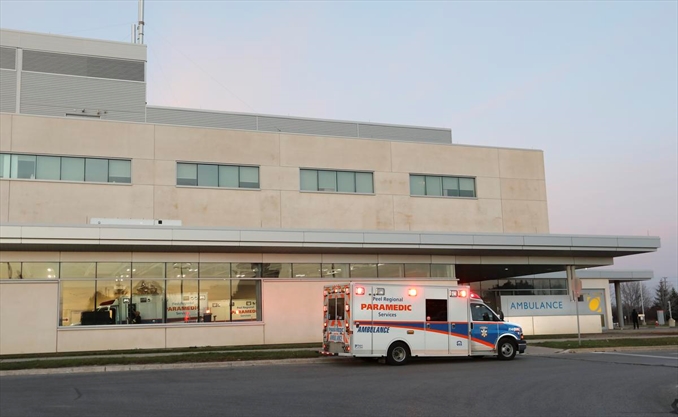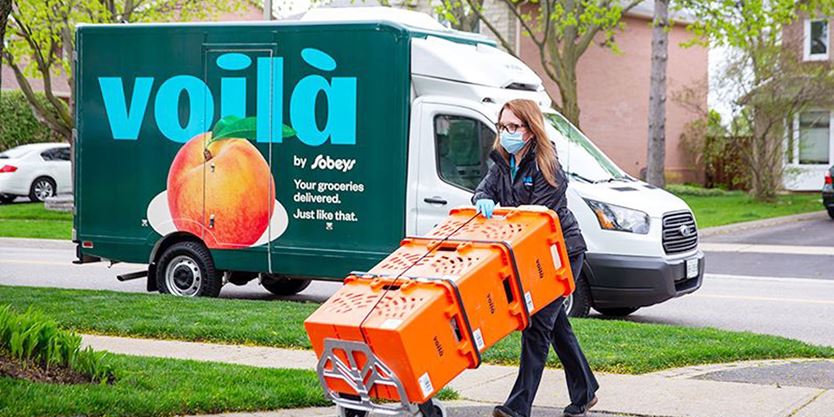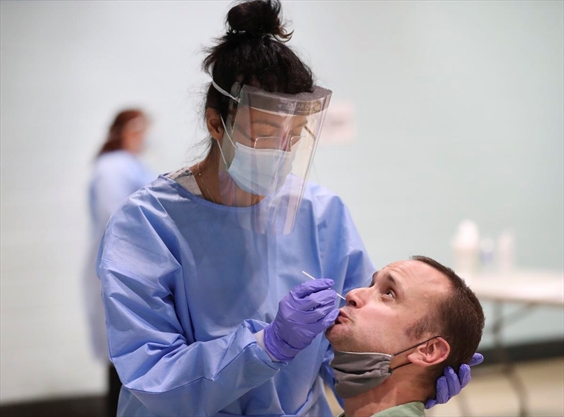Principals in Toronto and Peel schools get permission to dismiss class if there’s a case of COVID-19
Principals of Toronto and Peel region’s publicly funded schools can now dismiss an entire cohort of kids from class if they have had exposure to a confirmed case of , without waiting for permission from their respective public health units.
This new power, handed down this week, allows principals to be more nimble and act more quickly to make a decision that could keep an entire class — or school — from being exposed to the virus. The change comes as continue to climb across the GTA.
As of Wednesday afternoon, the Toronto District School Board was reporting 110 students and 41 staff infected in 106 schools. Peel was reporting 42 schools with one or more case.

In a letter to the Peel school community Monday, Peel Public Health said: “Starting today, if there is a confirmed positive COVID-19 case in a class or cohort, the students and the teacher in the class must go home immediately. Please have a plan for your child to be picked up during the school day in these situations,” said the directive.
Dr. Lawrence Loh, Peel’s medical officer of health, said this new measure is a way to further stop the spread.
“Students and staff often notify the school administration of their positive result directly. Principals work with the school boards and Peel Public Health to determine if a lab-confirmed case has attended school,” said Loh. “The principal will proceed to dismiss the class and advise the school community of the dismissal while Peel Public Health begins its investigation.”
He said the region is “still actively contact tracing and continues to prioritize those cases at highest risk of transmission and infection. As case counts are increasing in school, immediate class dismissal acts as another proactive measure to stop the spread immediately.”
Toronto Public Health said it created a “guide for principals to dismiss cohorts to self-isolate” so that if a “principal is aware of a confirmed case of COVID-19 in a student or staff, the principal can dismiss the (cohort) for self-isolation including classroom, bus and before/after school programs attended by the case immediately upon learning this information,” said Dr. Vinita Dubey, the associate medical officer of health.
“The principal will send communication to the cohort(s) that they are to be self-isolating for now, and why, and that this is pending TPH’s investigation of the case and their contacts. Once TPH has completed the investigation, we will send a letter to the close contacts in the school setting with information on next steps based on information obtained through the investigation.”
“TPH wanted to enable the TDSB out of an abundance of caution,” Toronto District School Board spokesperson Ryan Bird said.
While it’s unclear how long the process of dismissing a cohort, or isolating an entire class, may take, because each case is different and timing varies, Bird said this new measure will undoubtedly hasten the process. Often, principals are alerted about cases after hours, if a parent or someone in the community alerts them, Bird said.
Until late last week, the cohort possibly exposed to a positive COVID case may have had to come to school the next day — possibly being exposed or only to be told to turn around and go back home.
To help principals decide whether and how to make the decision to send an entire cohort home, or keep them from arriving at school in the morning, Toronto Public Health has created a “decision tree” that walks them through the steps.
According to the chart, principals will only be required to dismiss the cohorts immediately affected. They will not be required to provide direction to siblings of students in a dismissed cohort, nor will they ask staff or students potentially exposed to the positive case outside the cohort to self-isolate. They will wait for direction from TPH before doing so.
And if the COVID-19 positive case is an itinerant worker who goes to many classes or cohorts, the case will be flagged to TPH and the principal will await direction.
Noor Javed is a Toronto-based reporter covering current affairs in the York region for the Star. Follow her on Twitter:
Michele Henry is a Toronto-based investigative reporter for the Star. Follow her on Twitter:
